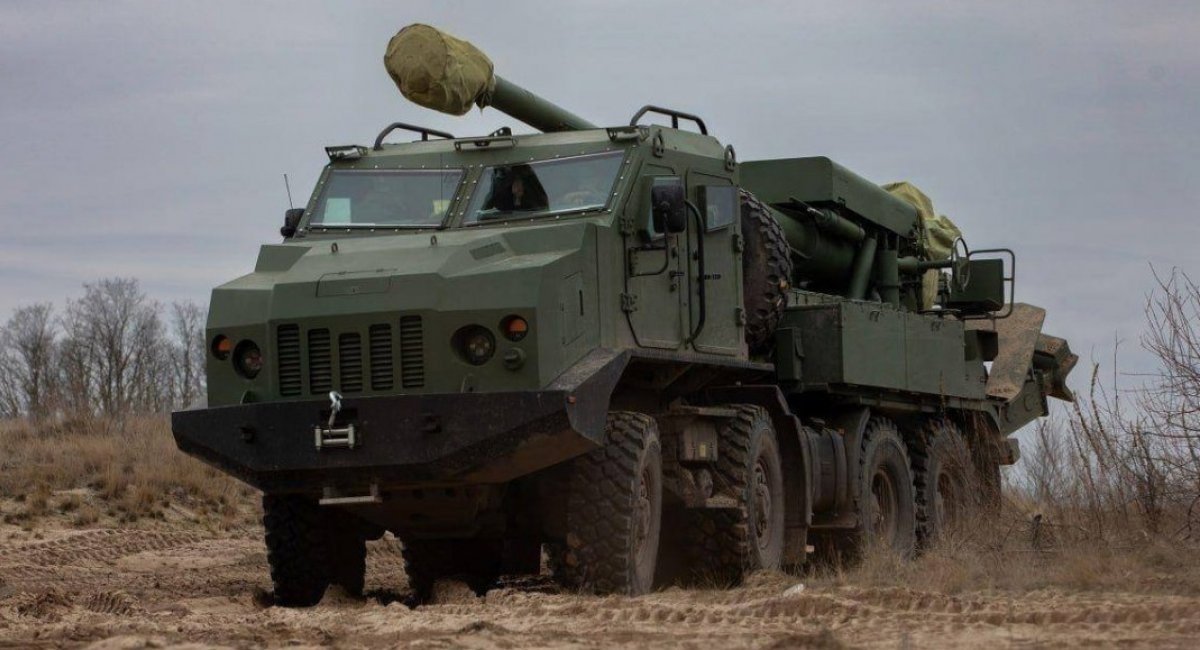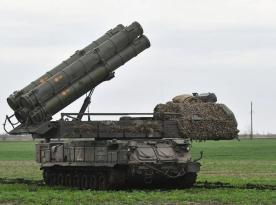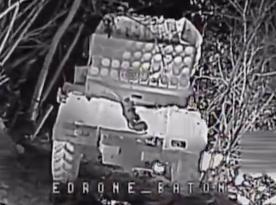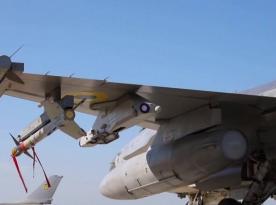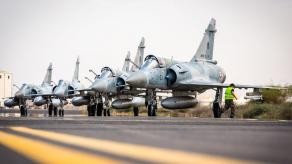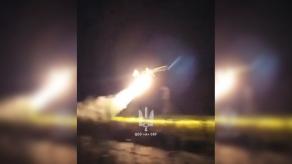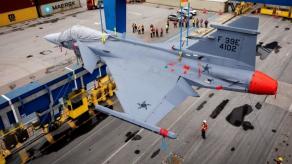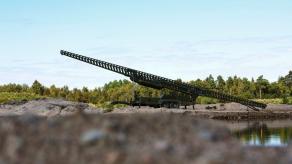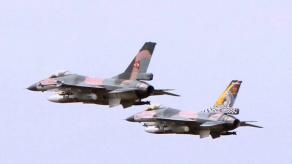Ukrainian defense industry companies will start manufacturing their products in Denmark. With such news emerging, it is natural to ask whether these decisions are truly wise and what Ukraine actually stands to gain.
On July 4, 2025, Ukrainian Minister of Strategic Industries Herman Smetanin and Danish Minister for Industry, Business, and Financial Affairs Morten Bødskov finalized agreements on cooperation in the field of defense production between the two countries. The signed document contains specific steps to assist Ukrainian defense companies in creating new production facilities.
Read more: Romanian Railway Problem Can Paralyze All of NATO Logistics
The official communications between the parties raise security concerns, particularly regarding the presence of safeguards in the agreement to prevent the misuse of shared technologies in joint developments and projects. Although this is a somewhat vague formulation, it can be assumed that it refers both to the protection of copyrights and patents, and to the prevention of information leaks.
At this point, it is important to consider why Ukraine is moving arms production beyond its borders. It should be noted that Ukrainian manufacturers have long been making such decisions independently. For instance, Ukrspecsystems established a company in Poland back in 2022.
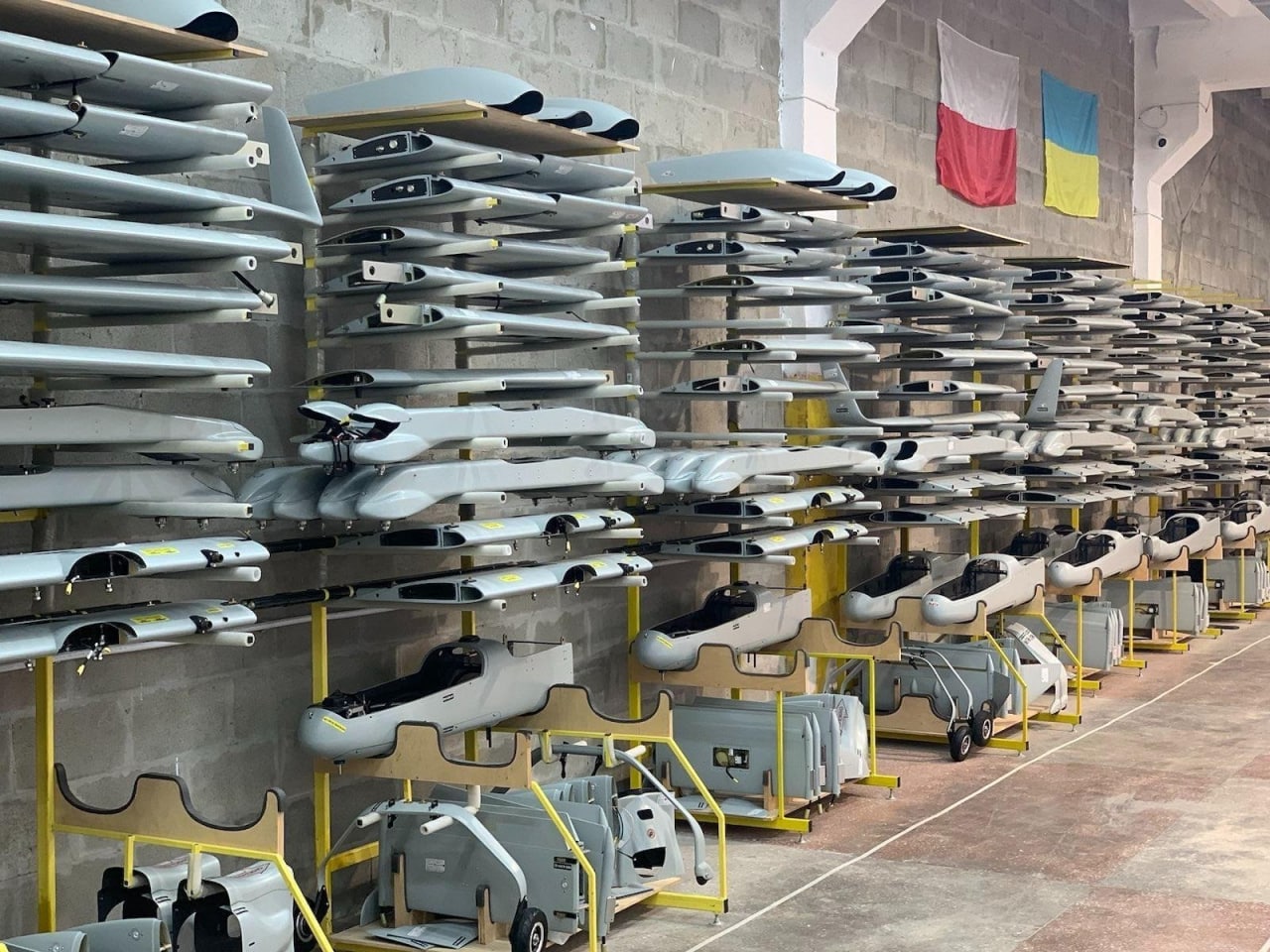
The first and most obvious advantage of organizing production abroad is protection from missile strikes. Unfortunately, russians have a serious arsenal of long-range weapons capable of striking enterprises across most of Ukraine's territory, whereas in Denmark there is no such risk.
Foreign production facilities also make it easier to attract European specialists. Although Ukraine has a good base for training technical specialists, the processes of deindustrialization and brain drain have seriously affected such opportunities.
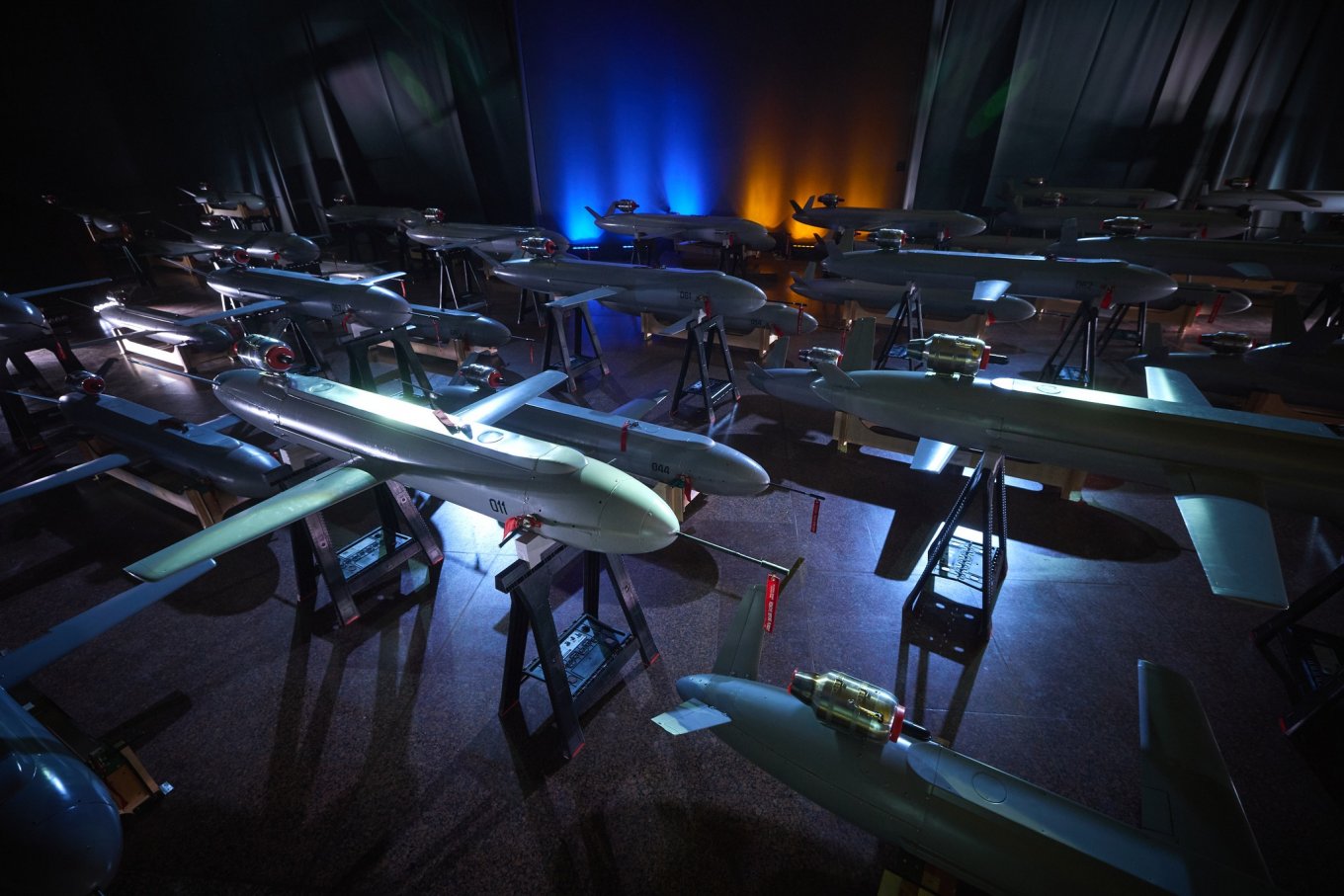
This is further supported by the easier cooperation with European companies, which can provide unique expertise and technologies, not to mention access to EU programs offering preferential loans and development financing.
Speaking of the political aspect, there are also reasons for this. One key benefit is the opportunity to enter export markets that remain inaccessible to Ukraine at present. It should be noted that the position on this issue is currently unknown, so this factor can be called into question.
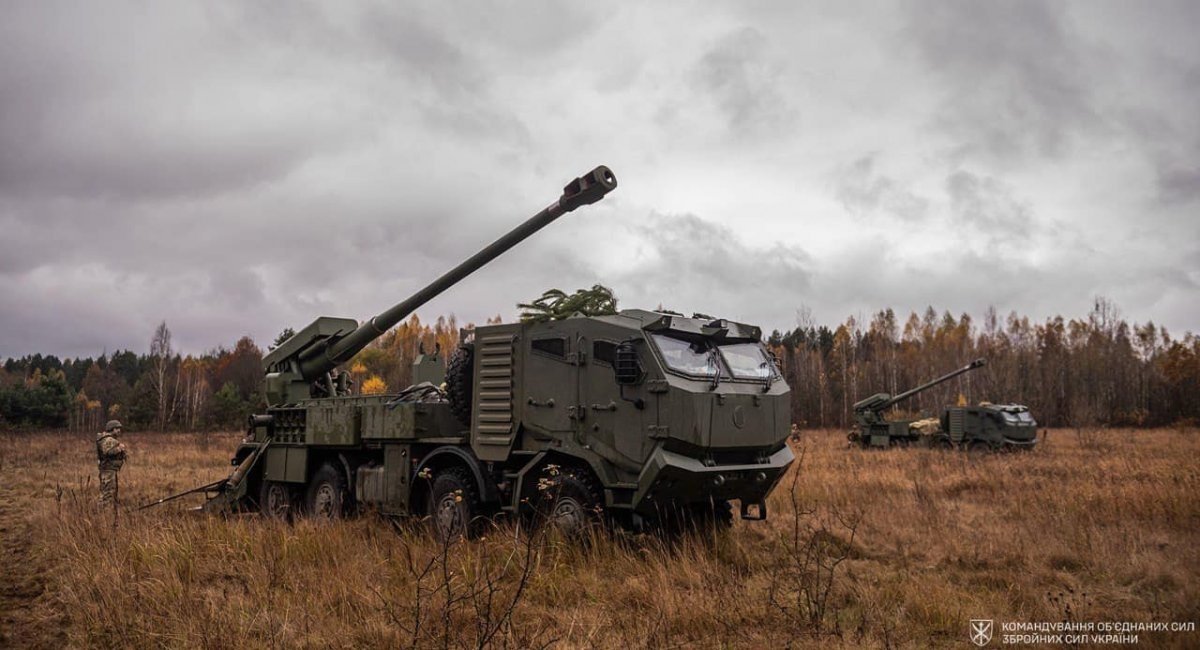
On the other hand, let us recall that Denmark was the first to start financing orders for Ukrainian defense industry products as part of military aid. Therefore, in order to improve its own industry, create jobs, and bring new opportunities, it makes perfect sense to acquire a part of the Ukrainian defense industry.
It should be noted that expanding production to other countries is common practice for arms manufacturers, often dictated by political, economic, and practical considerations. Recent examples include the G/ATOR radar for Romania and the K2PL tanks for Poland.
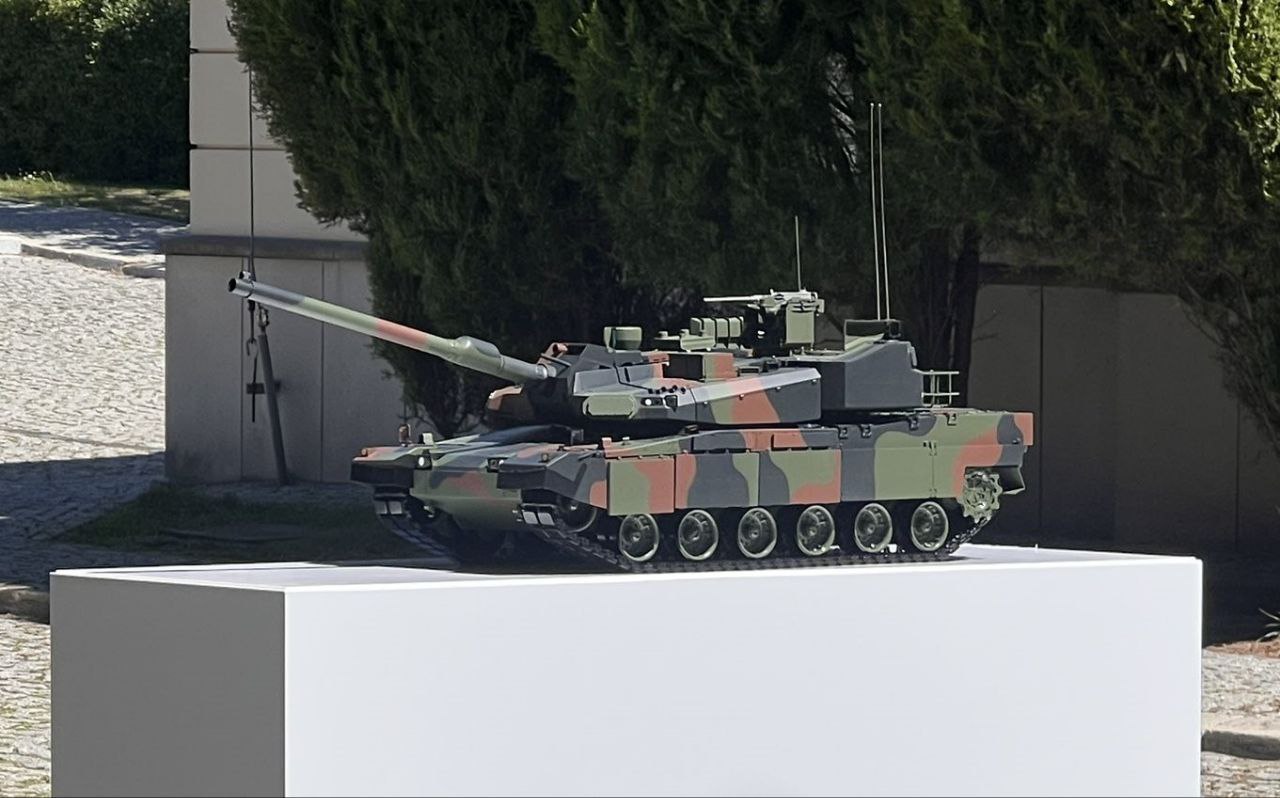
In general, the export of military technologies and production capacities can bring new opportunities and strengthen ties with European partners. The Ukrainian defense industry will most likely continue producing components, thereby sustaining economic benefits for Ukraine.
Read more: Which Ukrainian Air Defense Systems Hinge on U.S. Missiles and Which Are Self-Sufficient




